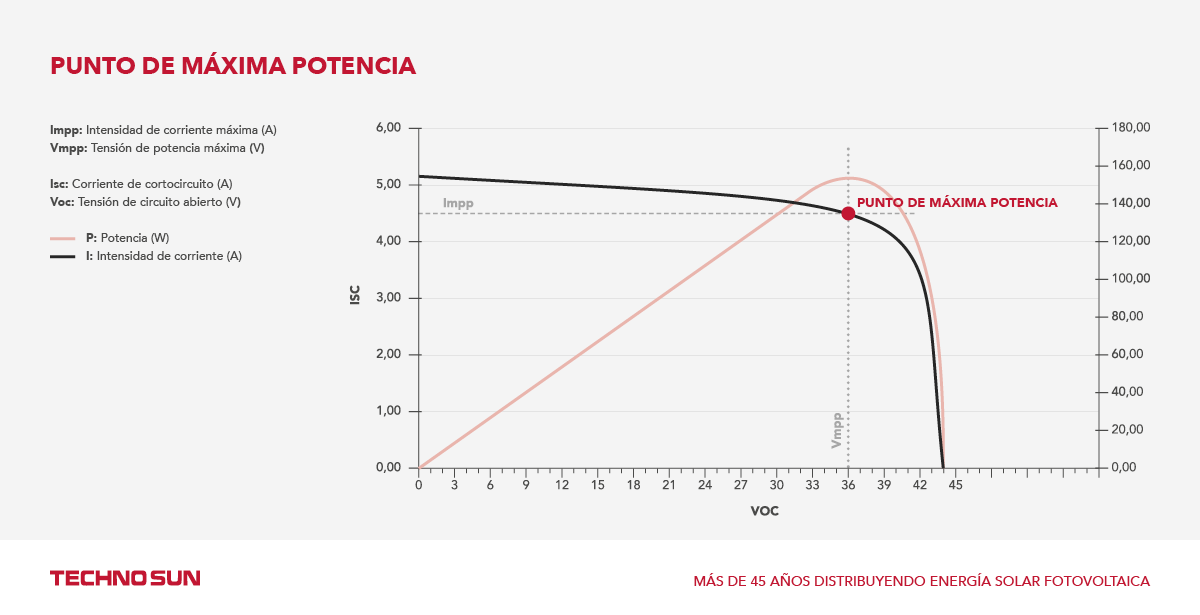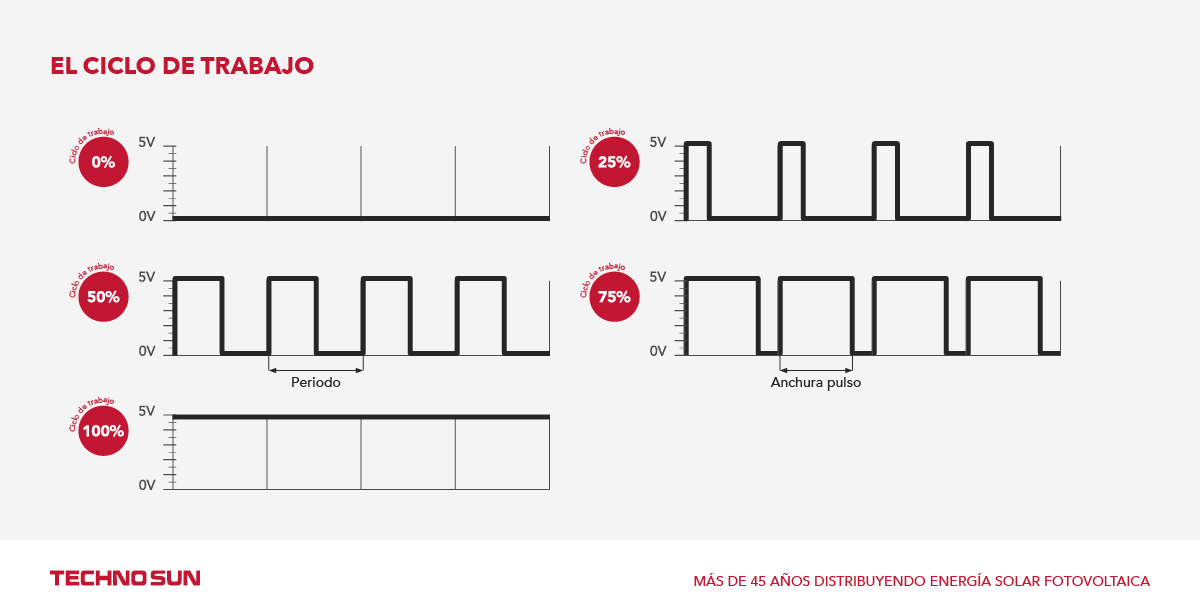MPPT vs PWM solar regulator
The inverters solar , PWM solar controllers and other elements of the photovoltaic installations include an MPPT or a PWM, both of which are designed to take advantage of the maximum power that is received from the solar panels or other sources, but they are not exactly the same.
What is MPPT?
The Maximum Power Point Tracker (MPPT) is in charge of finding the balance between voltage and current in which the solar panels power supply is to be used. In cases where the inverter has more than one MPPT, each one will work with a different group of panels, seeking this balance separately for each one.
It is important to keep in mind that when connecting the panels to the inverter MPPT this has a maximum input current intensity allowed, if the panels exceed the output current can damage the inverter in addition to losing power. As explained in the article: Current compatibility problems between superpanels and inverters.
How does the MPPT work?
As we have commented the MPPT will look for the maximum power with a balance between voltage and current intensity. To do this the MPPT automatically searches for the voltage where the panel generates its maximum power, as soon as there is a change in the production due to a decrease or increase in the amount of irradiation received, the MPPT will adapt the input voltage of the panels to the best performance point for the new conditions ensuring again the best production point. In addition, the high frequency electronic conversion will adjust the output voltage to the best one for charging the batteries.
The following graph shows the voltage, current and power curves of the PV module and the maximum power point. As soon as the conditions change, these curves would vary and the point would move, the MPPT is always in charge of finding this point.

What is PWM?
Pulse Width Modulation or PWM (Pulse Width Modulation) is responsible for transmitting analog signals whose carrier signal is digital by modifying the duty cycle of a periodic signal. Thanks to this pulse transmission, it is possible to control the battery charging or the energy derived for its final use.
It is important to note that the voltage between the solar panels and the PWM must be the same, because the PWM has only one diode. Therefore, if the panels are 24V, the PWM must be 24V to work properly.
How does PWM work?
The PWM activates the digital output for a period of time and keeps it off for the remaining time, thus creating constantly repeating positive pulses.
The duty cycle of the periodic signal will be the width of its positive part, relative to the time period. The duty cycle is expressed as a percentage, so a duty cycle of 10% is 10 out of 100.
What is the difference between a PWM and MPPT controller?
The PWM regulators do not take full advantage of the energy produced by the photovoltaic modules. It uses the voltage that the battery has at that moment, regardless of the voltage being generated by the panels, so it will not seek the point of maximum power, which do the MPPT regulators.
The PWM solar controllers are more economical than MPPT, in fact, MPPT regulators have PWM systems inside, hence their higher price but better performance.

Differences between MPPT and PWM